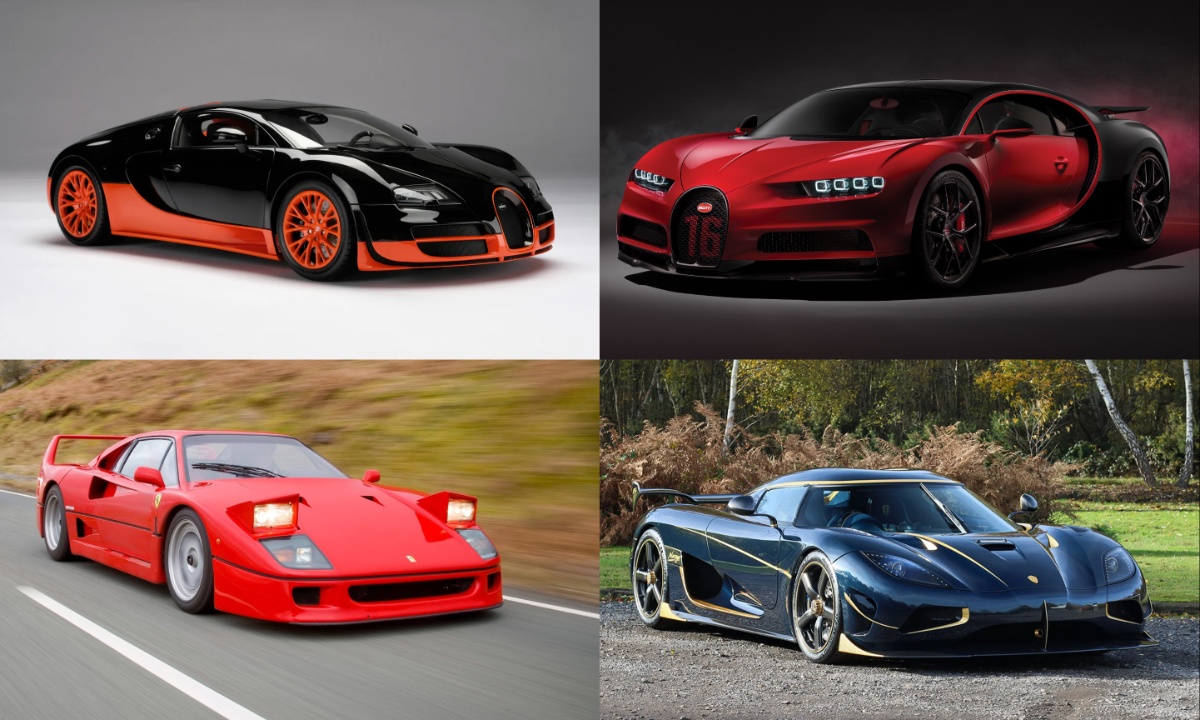The quest for speed has driven automotive engineering forward for over a century. From the first production cars in the late 19th century to the hypercars of today, manufacturers have constantly pushed the boundaries of performance. Speed is more than just a number; it is a reflection of technological advancement, aerodynamics, and engineering prowess.
Every era has had its defining speed champions, setting new benchmarks for what was possible on four wheels. Each of these cars represents a leap forward, a moment when engineers and designers broke through existing limitations to achieve something extraordinary. This list traces the evolution of the fastest production cars, from the early days of the automobile to the mind-boggling speeds reached in recent years.
1. 1894 Benz Velo – 12 mph
The Benz Velo was one of the earliest production cars, making it both a pioneer and the fastest car of its time. Powered by a single-cylinder engine producing just 3.5 horsepower, it could reach speeds of 12 mph, an impressive feat considering the state of roads at the time.
It featured a lightweight frame, spoked wheels, and tiller steering, resembling a horseless carriage more than a modern car. This small vehicle laid the foundation for what would become the global automobile industry, marking the beginning of a century-long race for speed.
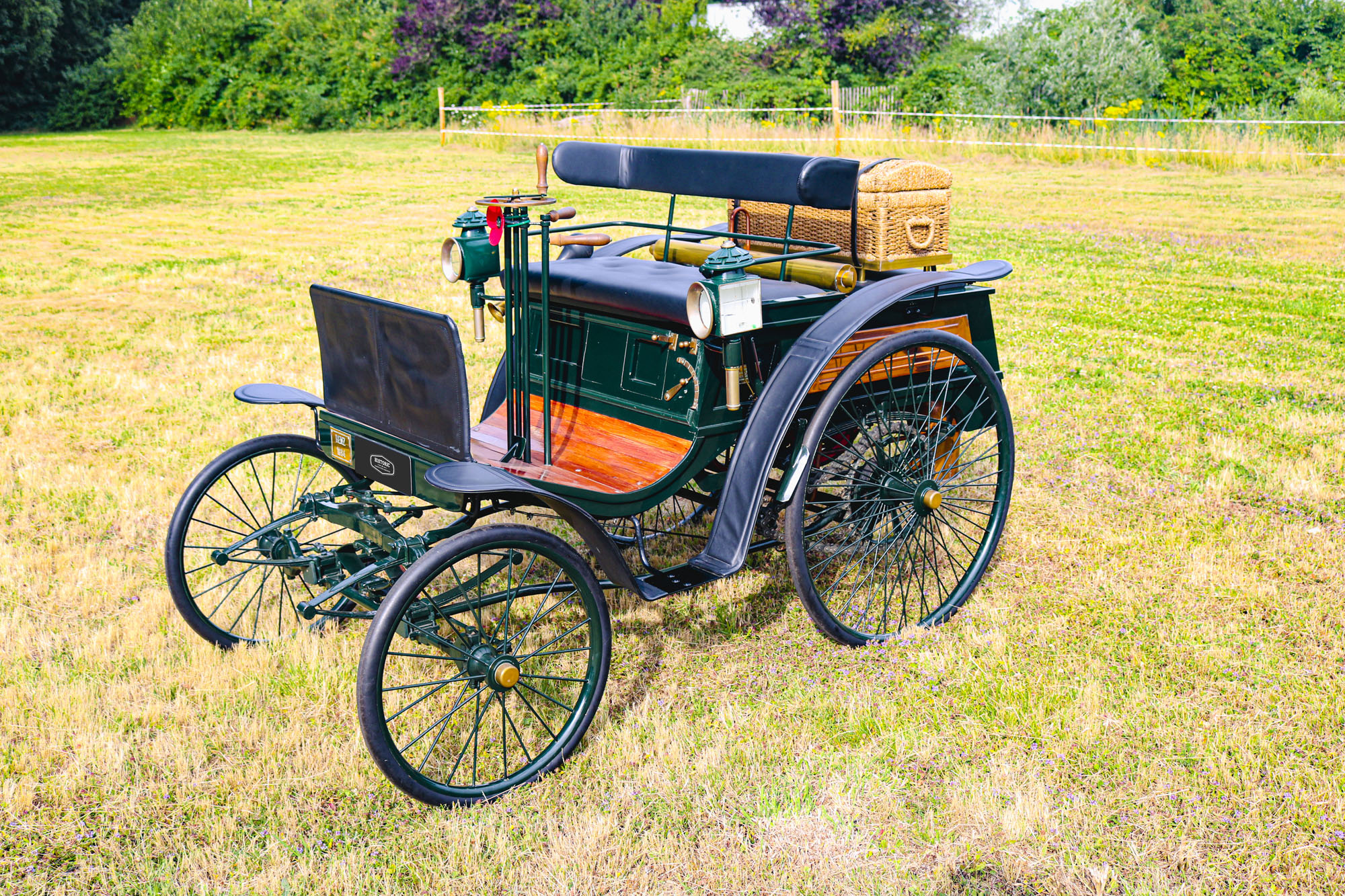
2. 1949 Jaguar XK120 – 124.6 mph
The XK120 was a major milestone in sports car development, combining a sleek aerodynamic design with a powerful 3.4-liter straight-six engine. Producing 160 horsepower, it could accelerate from 0-60 mph in 10 seconds, an impressive feat for its time.
Its lightweight aluminum body contributed to its remarkable speed, making it the fastest production car of the late 1940s. The XK120 also laid the groundwork for Jaguar’s future high-performance vehicles and became an icon in racing history.
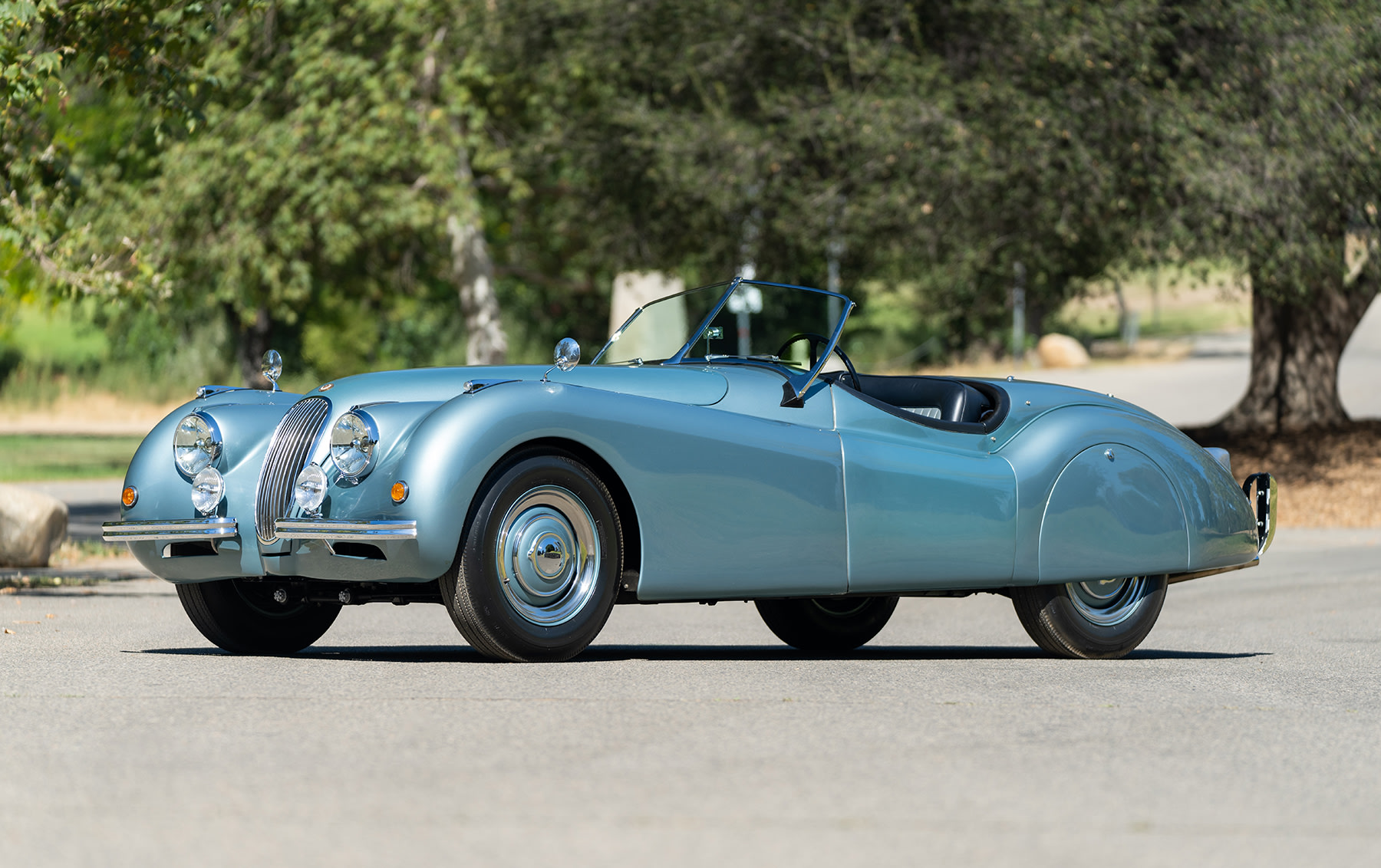
3. 1955 Mercedes-Benz 300SL – 140 mph
The 300SL was one of the most advanced sports cars of the 1950s, featuring a tubular space frame and lightweight aluminum panels. It was powered by a fuel-injected 3.0-liter inline-six engine producing 240 horsepower, allowing it to reach a top speed of 140 mph.
Its signature gullwing doors and aerodynamic shape set it apart from its contemporaries. The 300SL was not just about speed; it was also a masterpiece of engineering, influencing sports car design for decades to come.
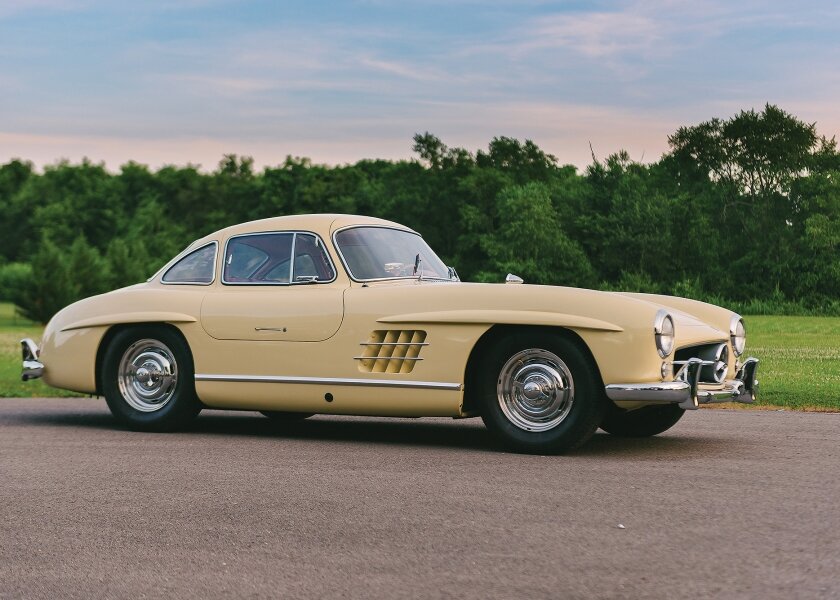
4. 1958 Aston Martin DB4 – 141 mph
Aston Martin introduced the DB4 as a high-performance grand tourer with a balance of luxury and speed. Its 3.7-liter inline-six engine produced 240 horsepower, allowing it to reach 141 mph.
Designed with Italian influence, it featured a lightweight yet sturdy chassis that improved handling at high speeds. It became the benchmark for later Aston Martin models and played a role in shaping the company’s reputation for building stylish, high-speed GT cars.
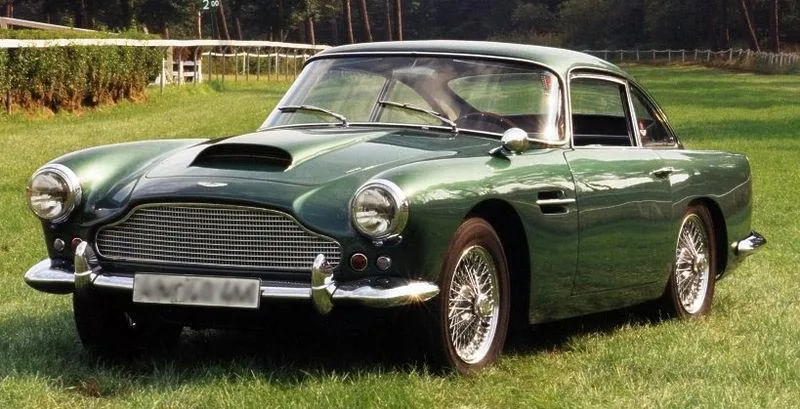
5. 1963 Iso Rivolta Grifo A3/L 327 – 161 mph
Iso, previously known for producing microcars, made a bold statement with the Grifo A3/L 327. Powered by a Chevrolet-sourced 5.4-liter V8 producing 350 horsepower, it could reach a top speed of 161 mph. This car showcased a blend of American muscle and Italian styling, proving that high-speed performance wasn’t exclusive to traditional sports car manufacturers.
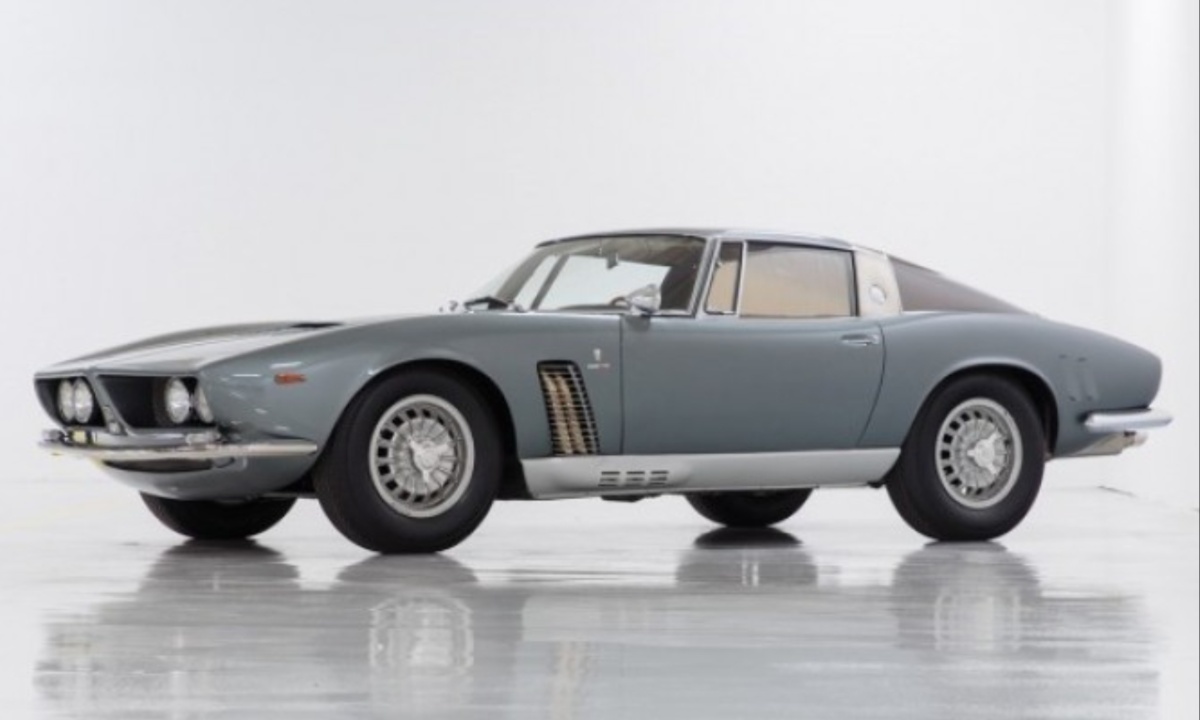
6. 1967 Lamborghini Miura P400 – 171 mph
The Miura revolutionized sports cars with its mid-engine layout, which became the standard for high-performance supercars. Its 3.9-liter V12 engine produced 350 horsepower, allowing it to reach 171 mph.
The car’s low-slung design and aggressive aerodynamics made it one of the most visually striking vehicles of its time. The Miura solidified Lamborghini’s reputation as a company willing to push the boundaries of design and performance.
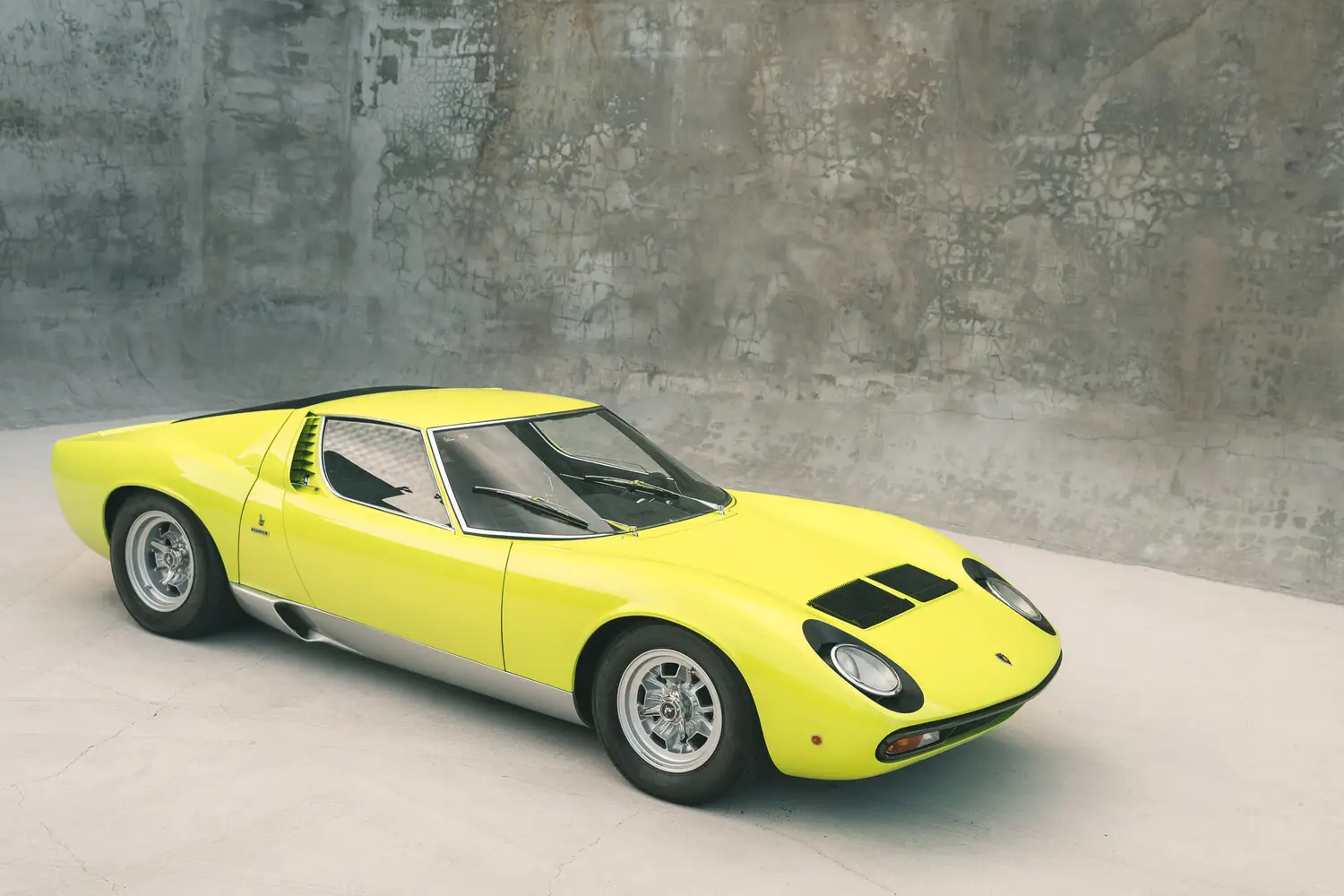
7. 1968 Ferrari 365 GTB/4 Daytona – 174 mph
Ferrari’s 365 GTB/4 Daytona was a response to the growing competition in the high-performance segment. Its front-mounted 4.4-liter V12 produced 352 horsepower, propelling it to 174 mph. Unlike its rival, the Lamborghini Miura, it retained a front-engine layout but proved that Ferrari could still dominate the speed charts. The Daytona remains one of the most celebrated Ferraris, thanks to its blend of performance, style, and comfort.
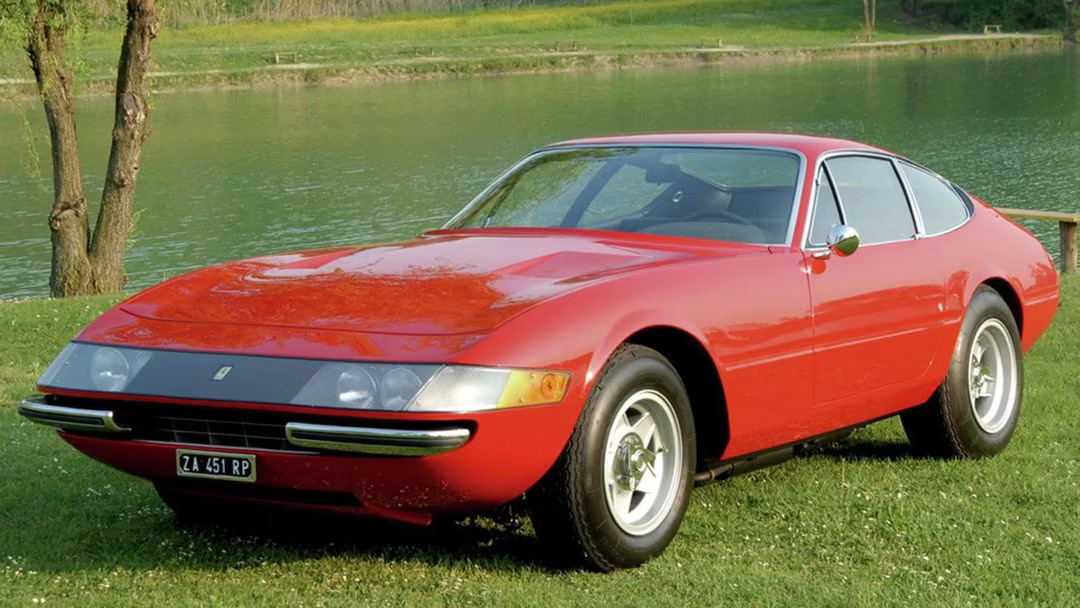
8. 1984 Ferrari 288 GTO – 188 mph
The 288 GTO was initially designed for Group B racing but ultimately became a road car due to the cancellation of the race category. It featured a 2.8-liter twin-turbo V8 producing 400 horsepower, allowing it to reach 188 mph.
The use of composite materials kept the weight low, and its aerodynamic enhancements made it a dominant force on the road. The 288 GTO set the stage for Ferrari’s future supercars.
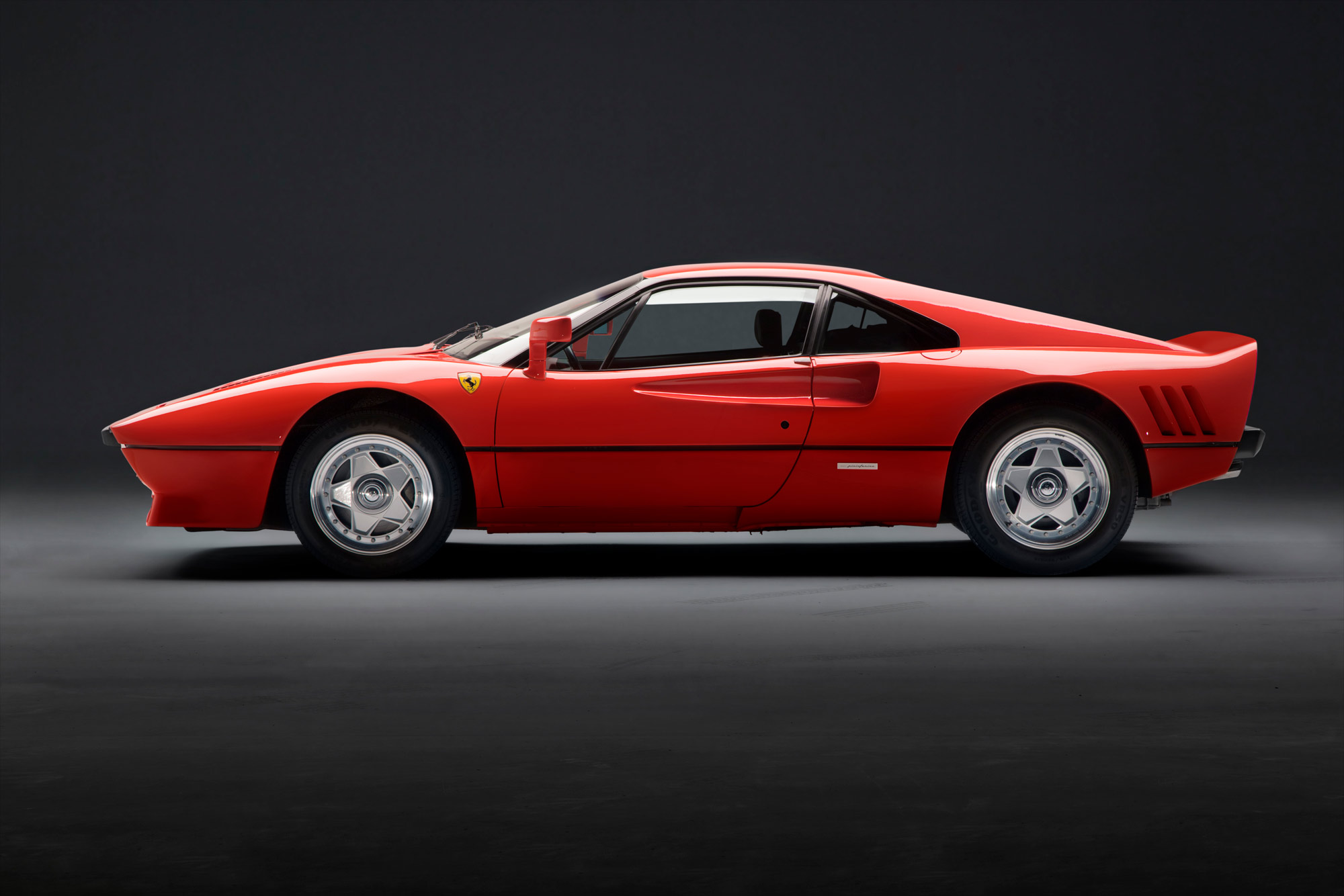
Also Read: Top 10 New Cars Launching in 2025 You Need to Know About
9. 1986 Porsche 959 – 197 mph
The Porsche 959 was a technological marvel, incorporating twin-turbocharging, all-wheel drive, and an advanced suspension system. Its 2.8-liter flat-six engine produced 450 horsepower, enabling it to reach 197 mph. The 959 introduced cutting-edge innovations that influenced future sports cars and proved that all-wheel drive could work in high-performance road cars.
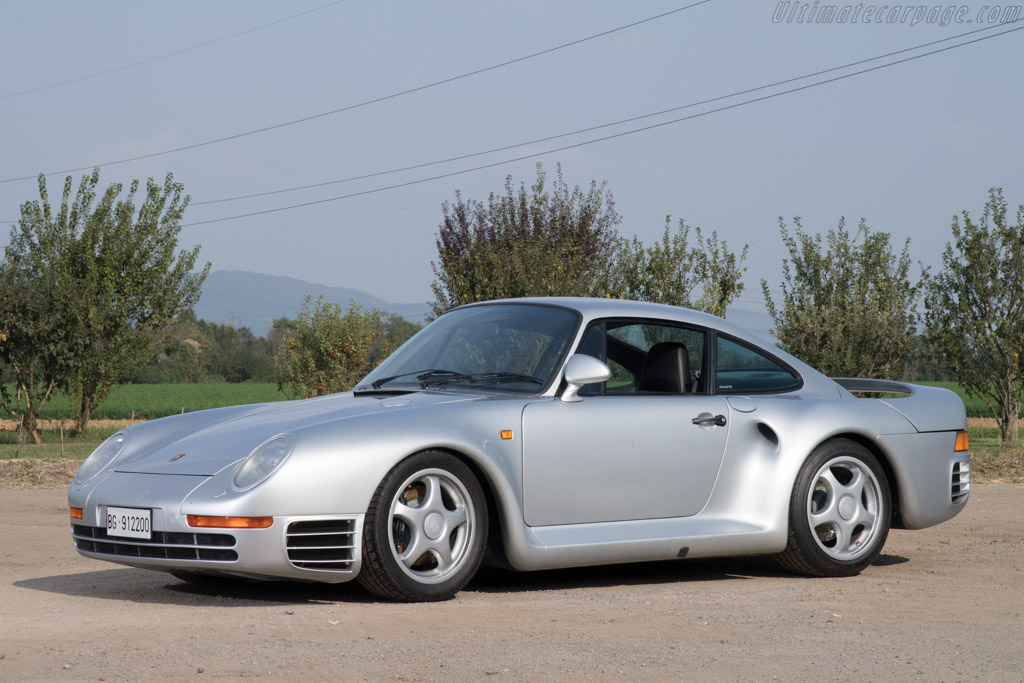
10. 1987 Ferrari F40 – 202.7 mph
The F40 became the first production car to break the 200 mph barrier. Built with a focus on lightweight construction, it had a carbon fiber body and minimal interior features. Its 2.9-liter twin-turbo V8 produced 478 horsepower, reaching a top speed of 202.7 mph. The F40 remains one of Ferrari’s most iconic cars, praised for its raw driving experience.
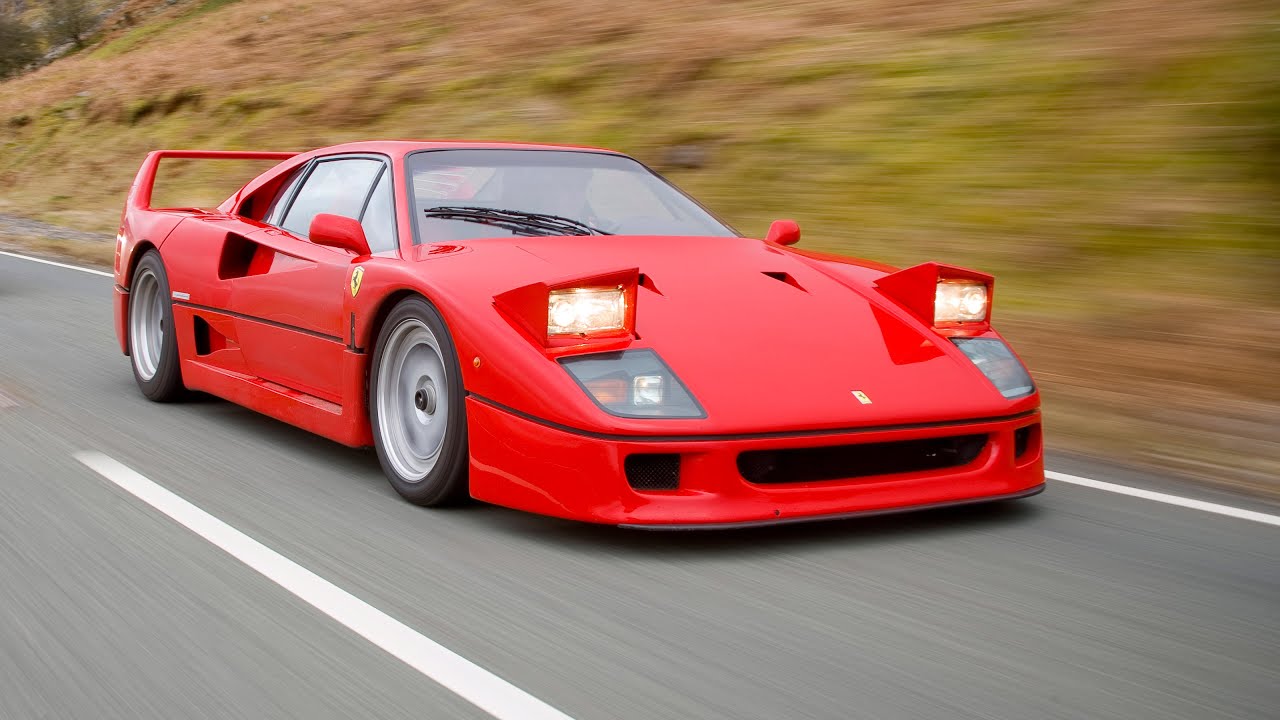
11. 1993 McLaren F1 – 240.1 mph
The McLaren F1 redefined speed and performance with its 6.1-liter BMW V12 engine producing 627 horsepower. Its central driving position and lightweight carbon fiber construction contributed to its record-breaking top speed of 240.1 mph. The F1 held the title of the world’s fastest-production car for over a decade.
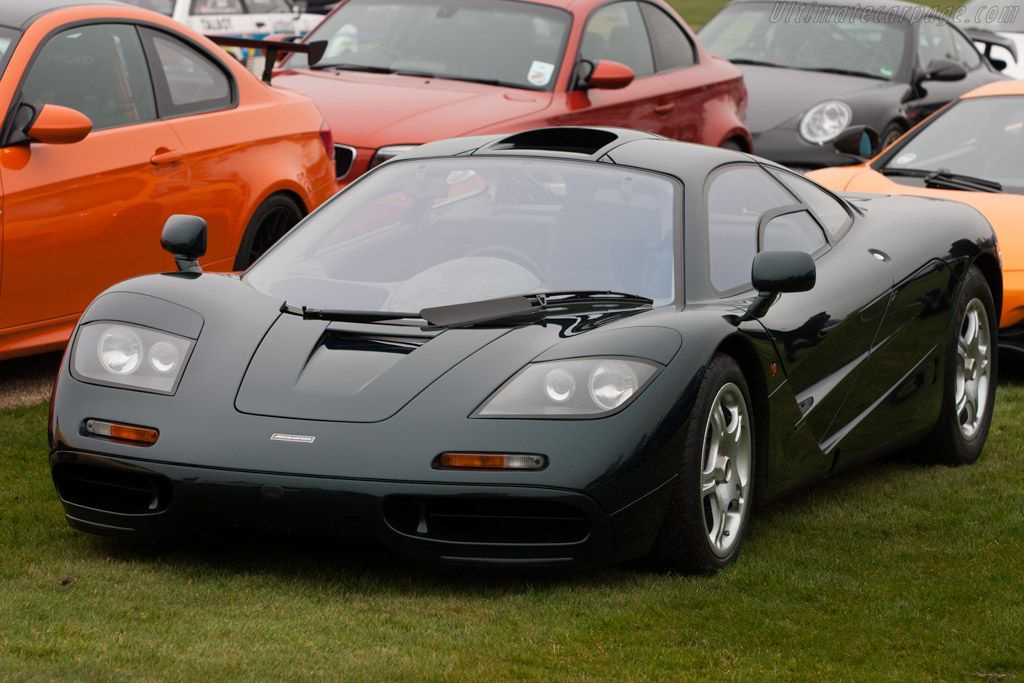
12. 2005 Bugatti Veyron – 253 mph
Bugatti transformed the hypercar industry with the Veyron, featuring a quad-turbocharged W16 engine producing 1,001 horsepower. Its top speed of 253 mph made it the fastest production car of its time, setting a new standard for luxury and performance.
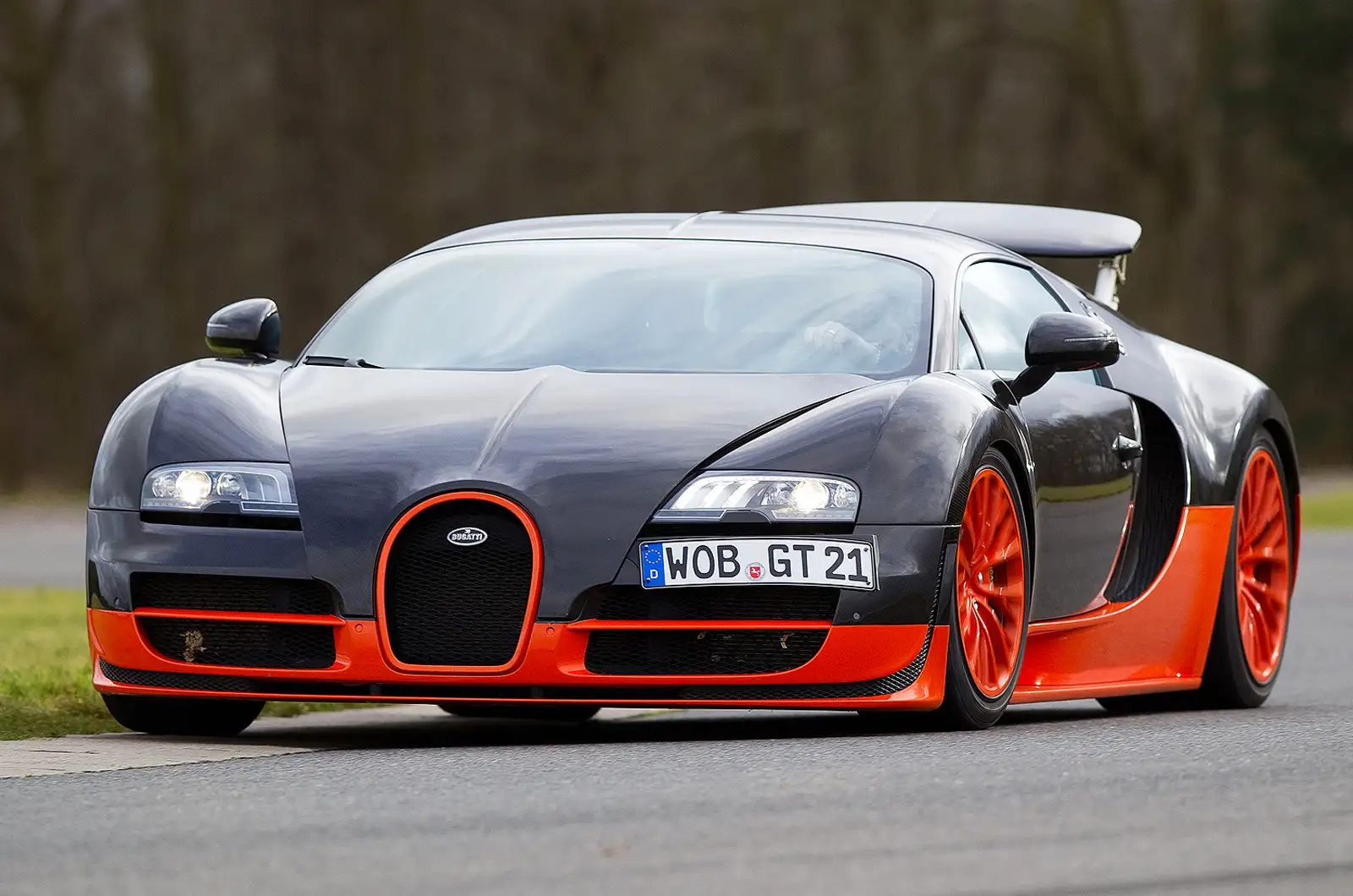
13. 2010 Bugatti Veyron Super Sport – 267.85 mph
An upgraded version of the Veyron, the Super Sport pushed the boundaries further with 1,200 horsepower and an aerodynamic redesign. It reached 267.85 mph, holding the title as the fastest production car until newer competitors arrived.
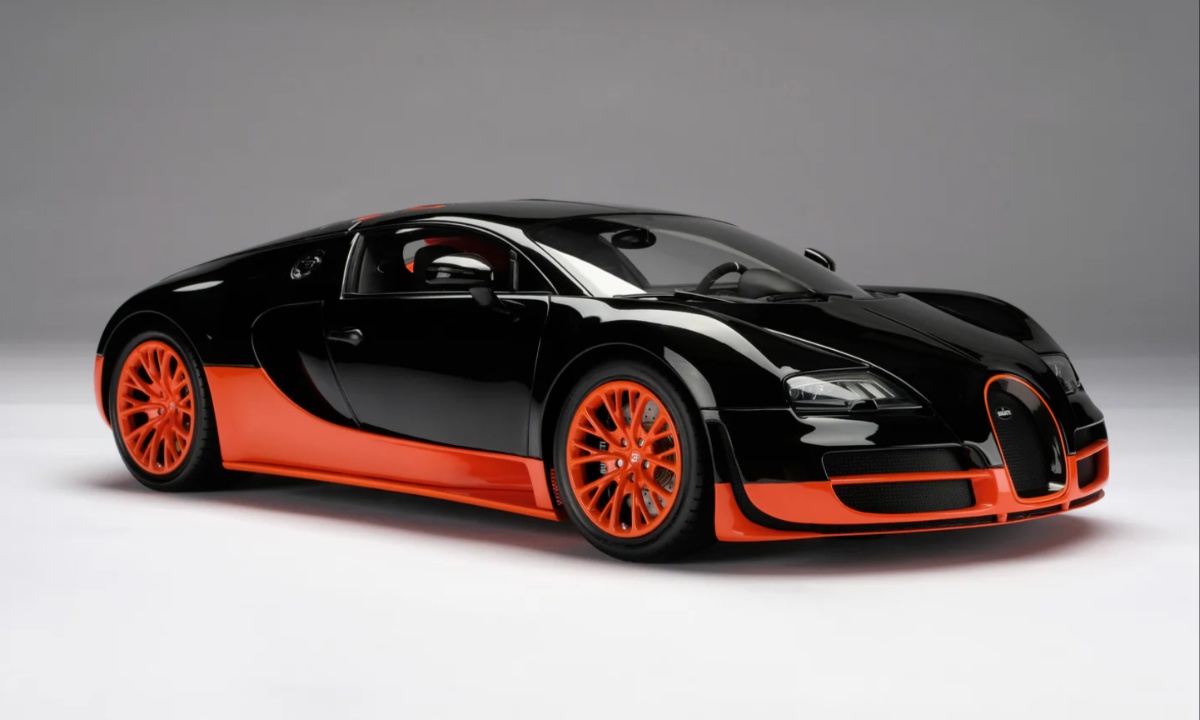
14. 2017 Koenigsegg Agera RS – 277.87 mph
The Agera RS shattered records with a top speed of 277.87 mph, making it the fastest production car of its time. Its lightweight design and powerful twin-turbo V8 engine produced an astonishing 1,341 horsepower, proving that small manufacturers could compete with industry giants.
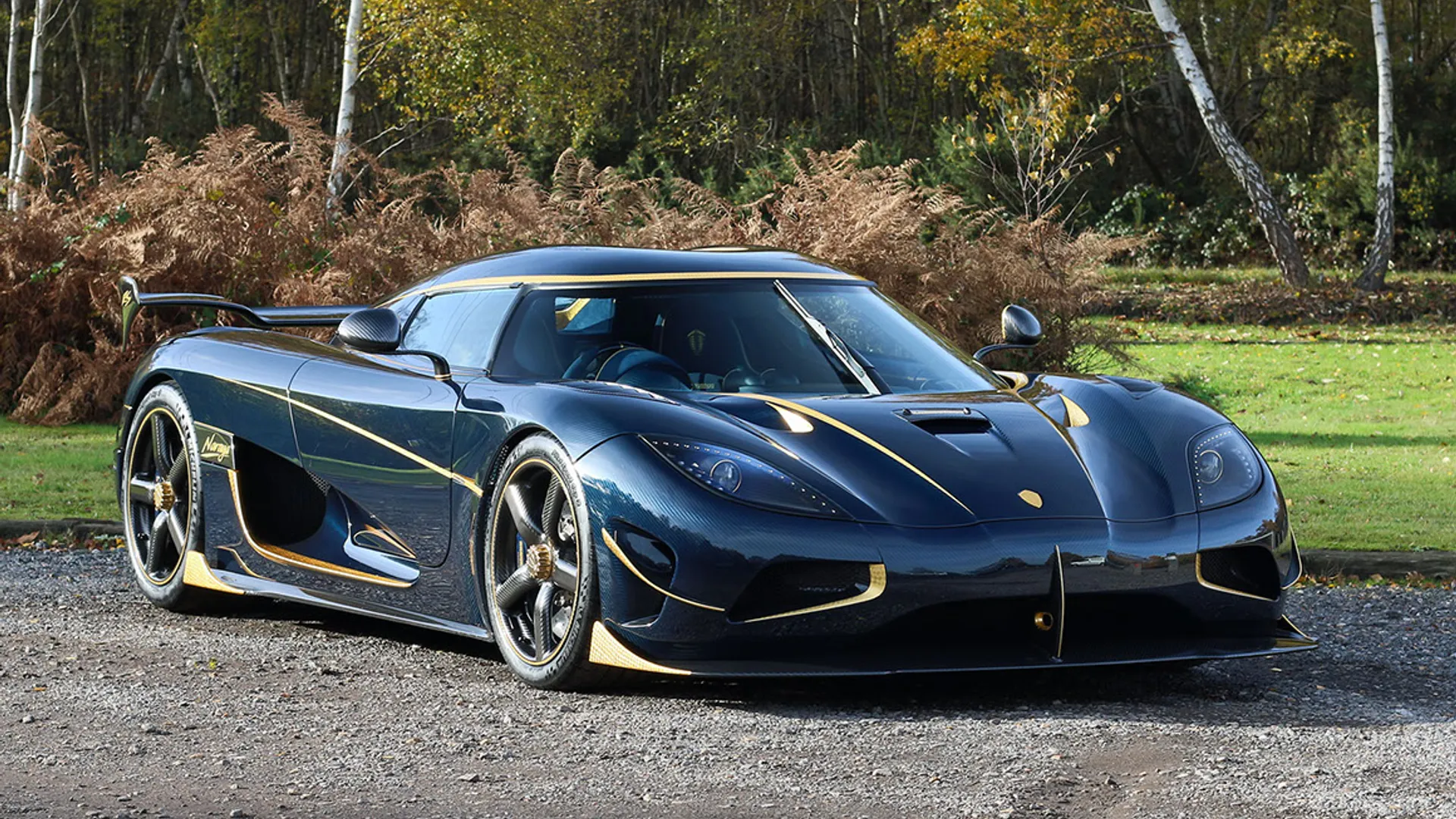
15. 2019 Bugatti Chiron – 304.77 mph
Bugatti once again raised the bar by becoming the first manufacturer to surpass 300 mph. The Chiron Super Sport reached 304.77 mph, requiring specially designed tires to handle the extreme speeds. This achievement marked a new era of hypercar performance.
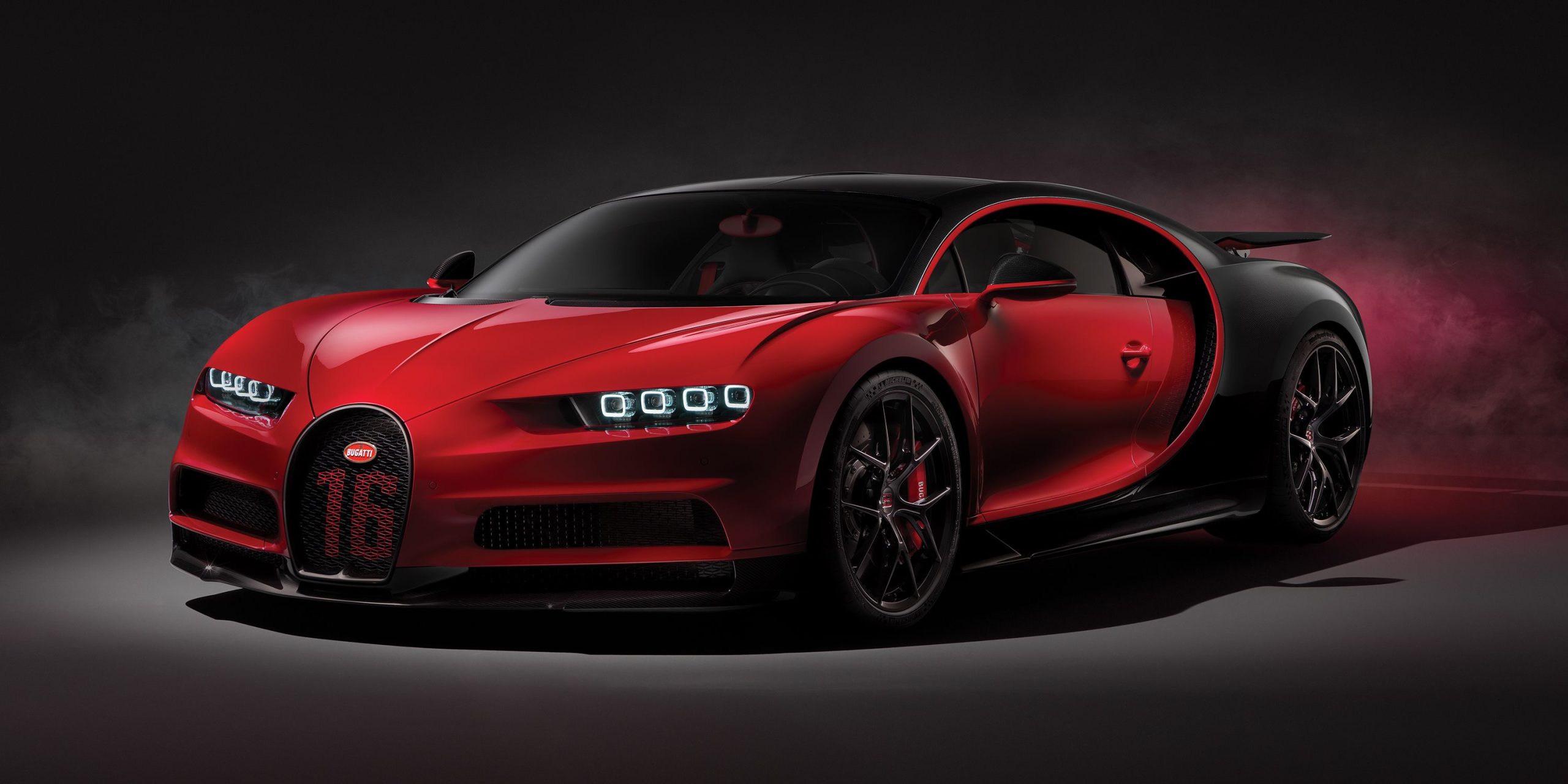
The journey of speed continues as manufacturers experiment with electric propulsion, advanced aerodynamics, and new materials. With each new breakthrough, the boundaries of automotive performance are pushed further, ensuring that the race for speed will never truly end.
Also Read: Top 10 Affordable Electric Cars You Can Buy in 2025

